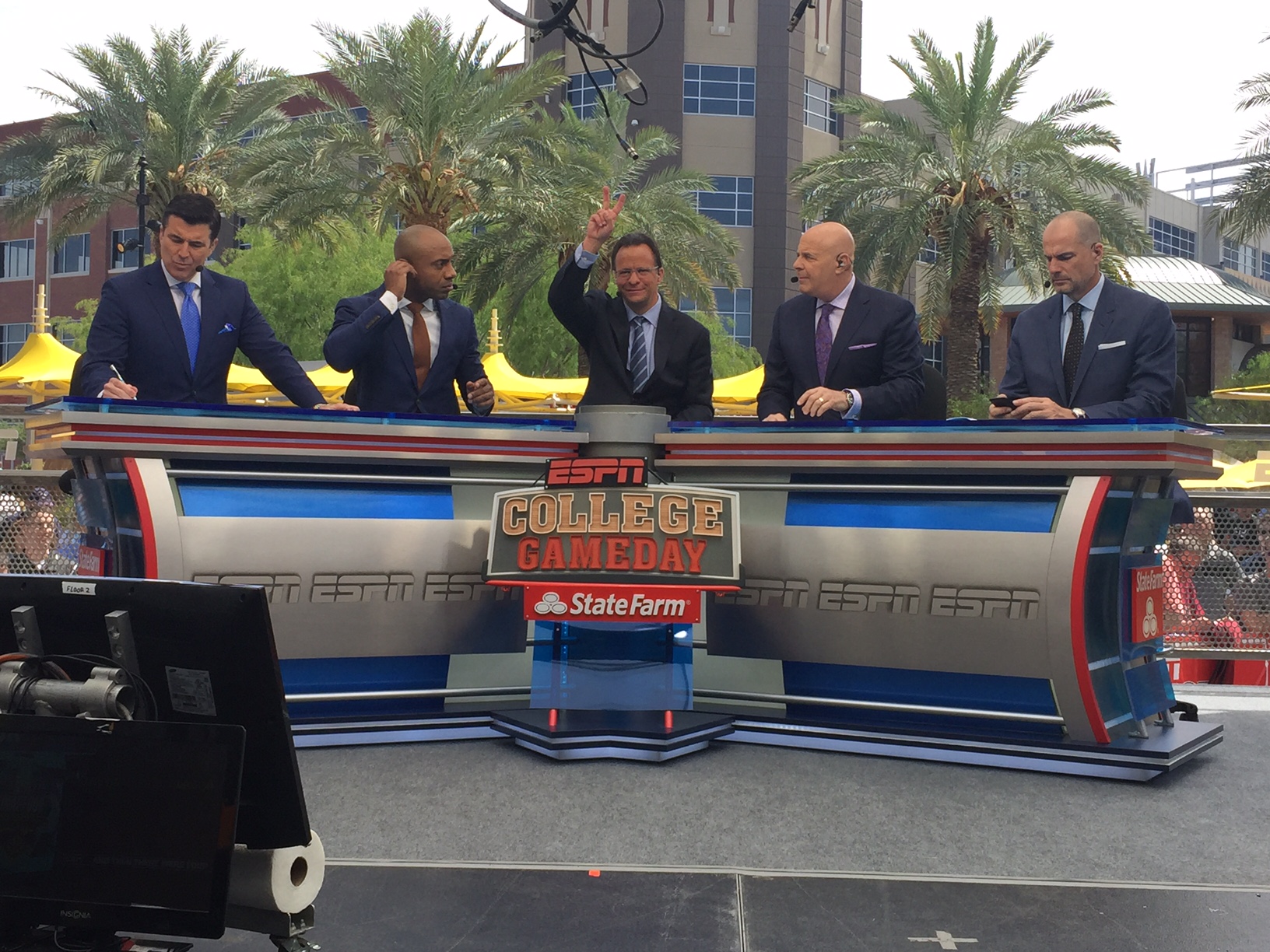Here at Frank Gatto & Associates, we are often called upon to light up outdoor filming, concerts and sporting events to make sure that they look absolutely awesome at all times.
With over 30 years’ experience in the lighting industry, we know tons of stuff about how best to light up an outdoor scene, but in this week’s blog, we thought we would share some of the basics with you.
Sunlight is the best light
Sunlight is the most beautiful light on earth, and if you can harness its beauty to its full potential you won’t need any other light to make your production look ace. But to ensure that you get the most from that big ball in the sun you need to be able to control where or when it will shine, and how it will affect the overall look of your production.
Understanding the Principles of Outdoor Light
At its brightest, the sun can shed more than 10 times the light of one typical indoor instrument. The downside to this is that when it shines brightly, it also casts very dark shadows. The difference between these light and dark areas is commonly called the contrast ratio, or contrast range. Our eyes can compensate for the high contrast range of a bright day, but cameras often don’t cope so well and need a much lower range to be able to capture detail accurately.
The goal of outdoor lighting design is to lower the contrast range without damaging the natural look of the subjects and the outdoor setting. As we already mentioned, the very best outdoor light source is the sun, but the light it gives off needs to be diffused or redirected to point the light in the right direction and alter the way in which it illuminates the subject.
Reflect the Light
Learning to use reflectors is easy as light bounces in predictable angles, meaning you can move reflectors around to help redirect the light. When you are working outside, portable, lightweight, collapsible reflectors are available in a range of sizes and colors that will reflect the sunlight back upon the subject and reduce the shadow.
Reflectors only really vary in terms of their size, how much area their reflection covers and the color of the light they reflect. All of this will be determined by the size and style of the reflector. Mirrored surfaces reflect the most light over a small area, while white surfaces usually cover larger areas, but with less light. Some reflectors have a gold foil surface that is used to bounce the light with a warm, rich quality that really flatters skin tones, making these a favorite with actors on location.
Diffuse The light
Diffusers are used to filter beams of sunlight and just like reflectors they are easy to use to help harness the light from the sun. Diffusing sunlight is an effective technique that removes shadows and reducing contrast. It does an excellent job of brightening dark areas while retaining much of the outline and contour.
A diffuser can be made from a wide variety of materials, but it is the porosity of the same that determines how much light passes through. The diffuser will need to be suspended or positioned between the subject and the sun, and its positioning will dictate how the shadows fall and where.
Outdoor and Location Lighting from Frank Gatto & Associates
If you have outdoor lighting requirements, we are on hand to offer professional, practical and awesome lighting wherever you need it. Call us today at (561) 368-0101 to find out more about our first-class lighting solutions.
Frank Gatto & Associates, Inc. are specialists in lighting for television events of all kinds. If you have an event that needs expert lighting, please call us today to see how we can help.
Phone: 561-368-0101
Email: frank@frankgattolighting.com
We can be found on Social Media at the following links.

